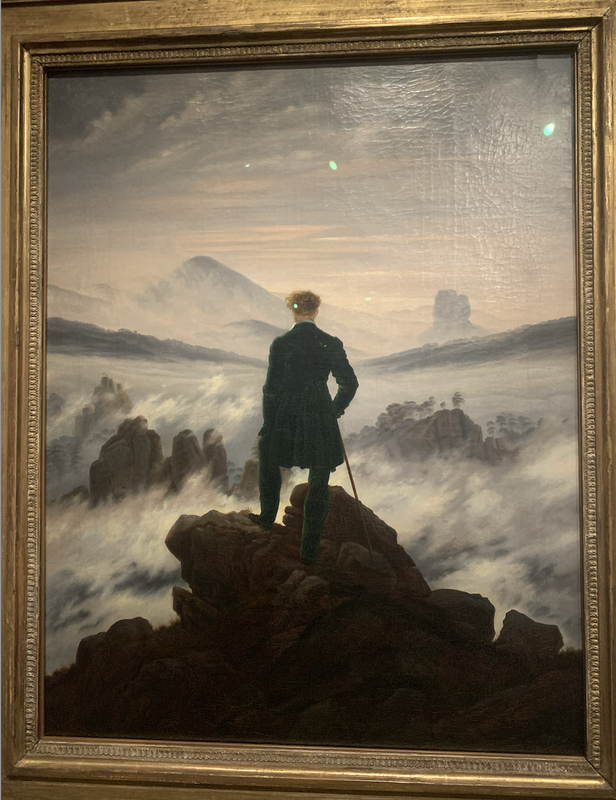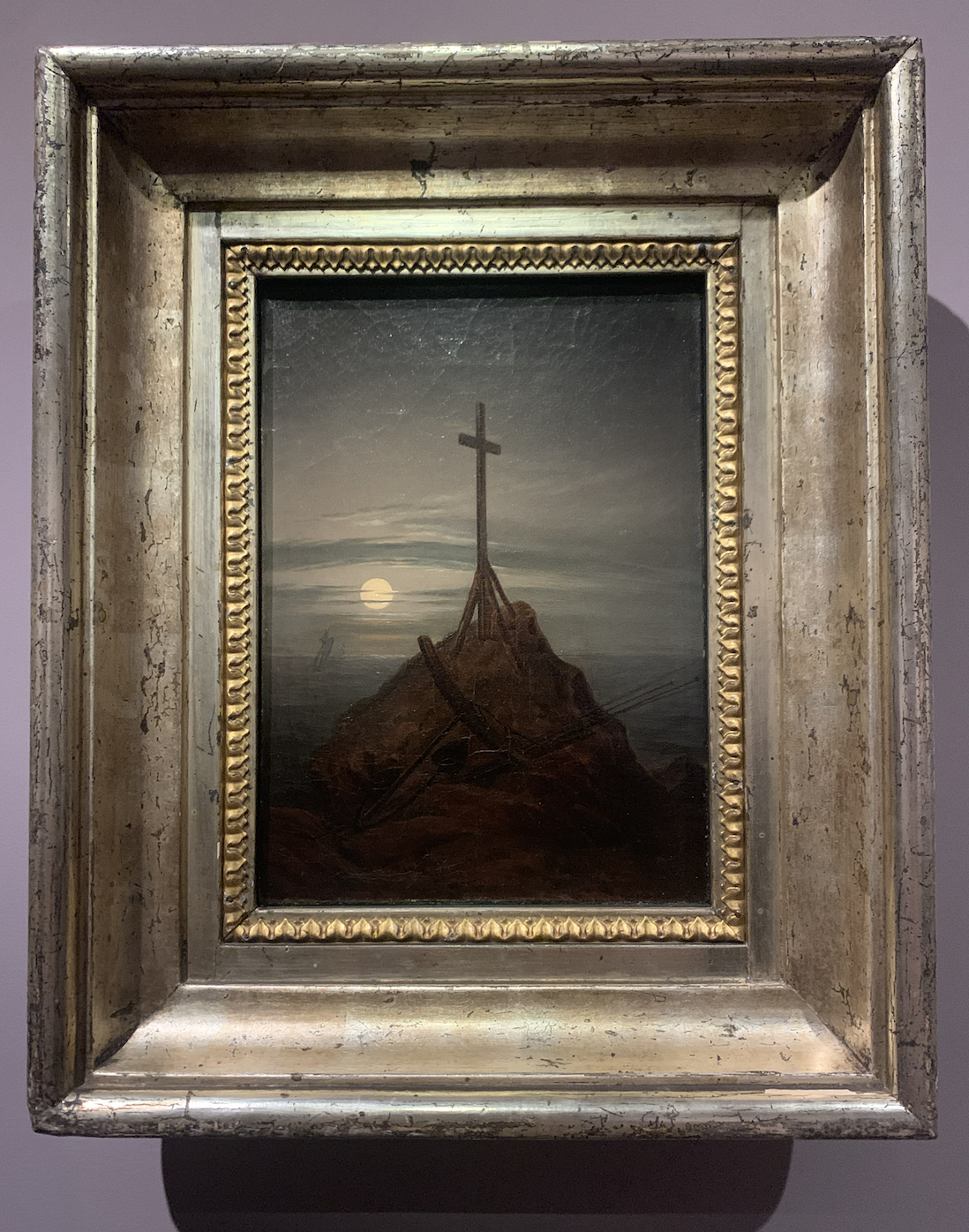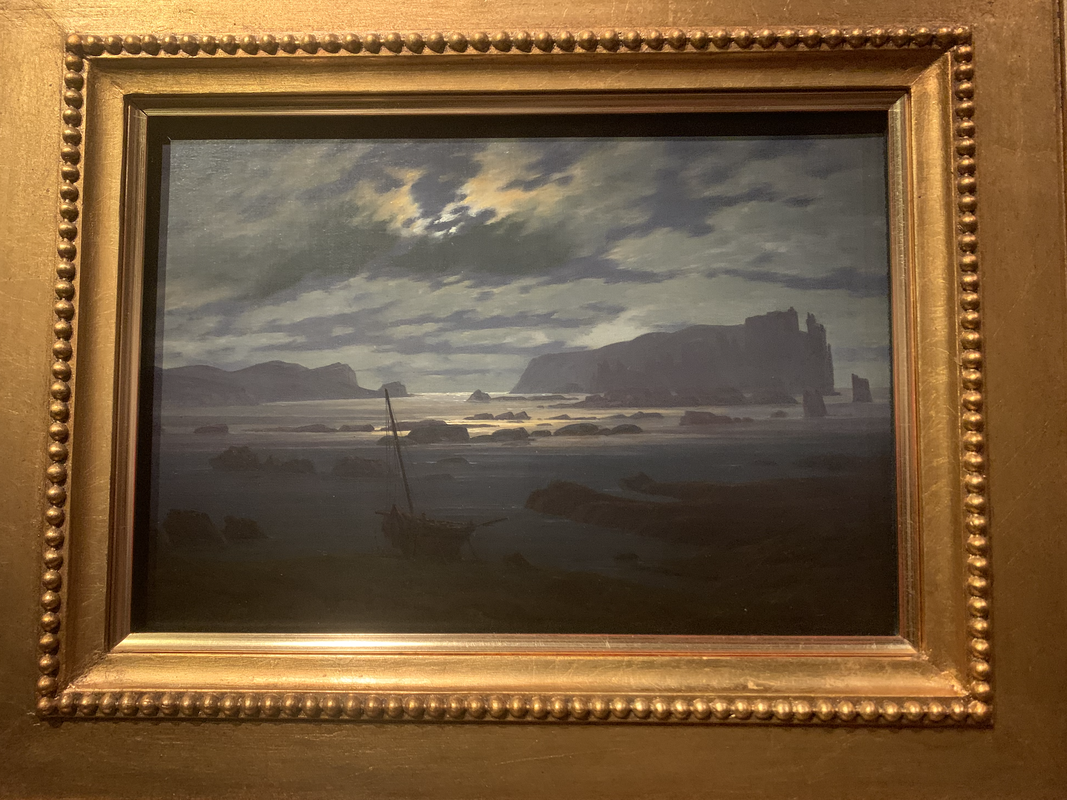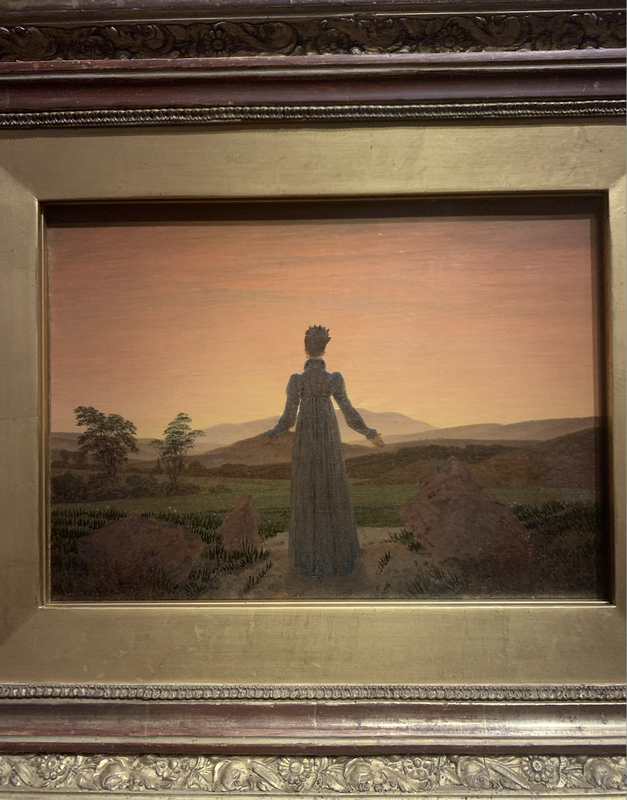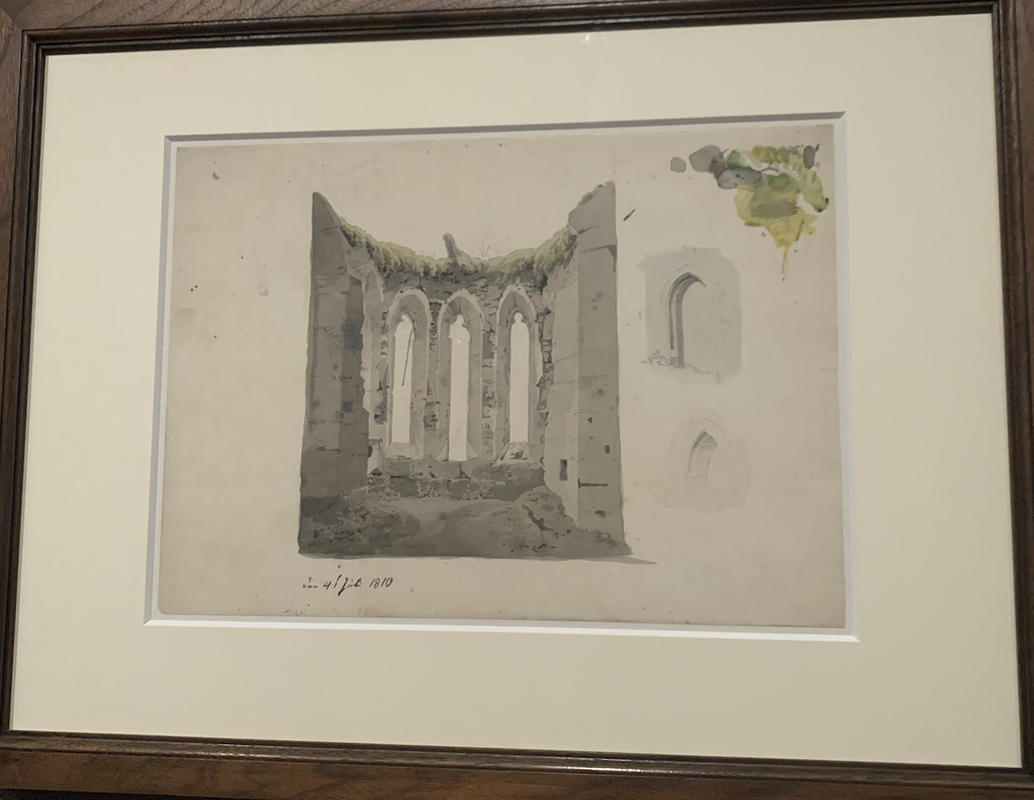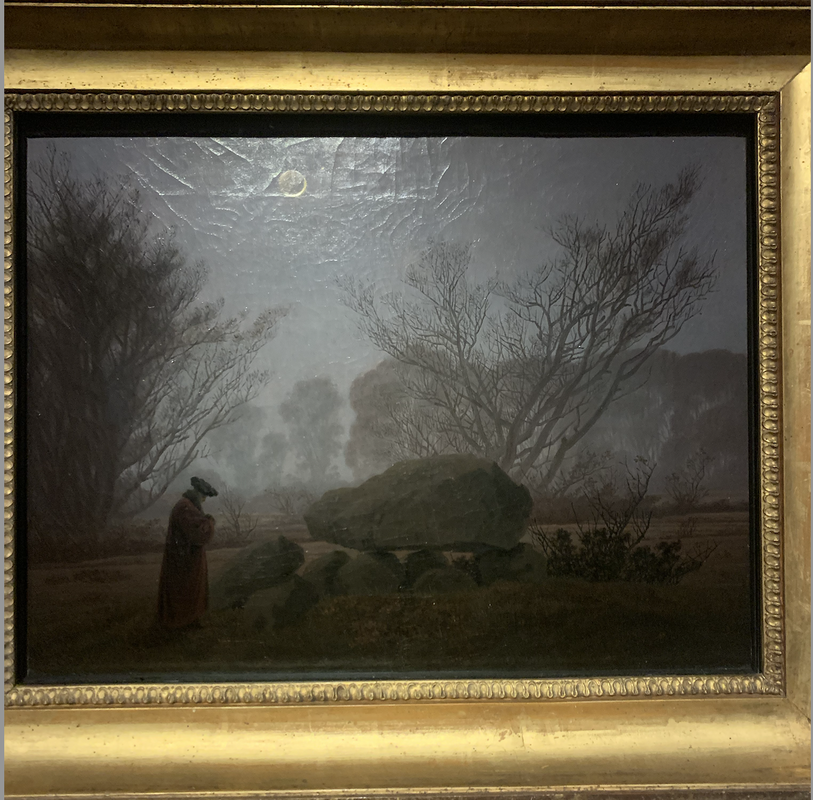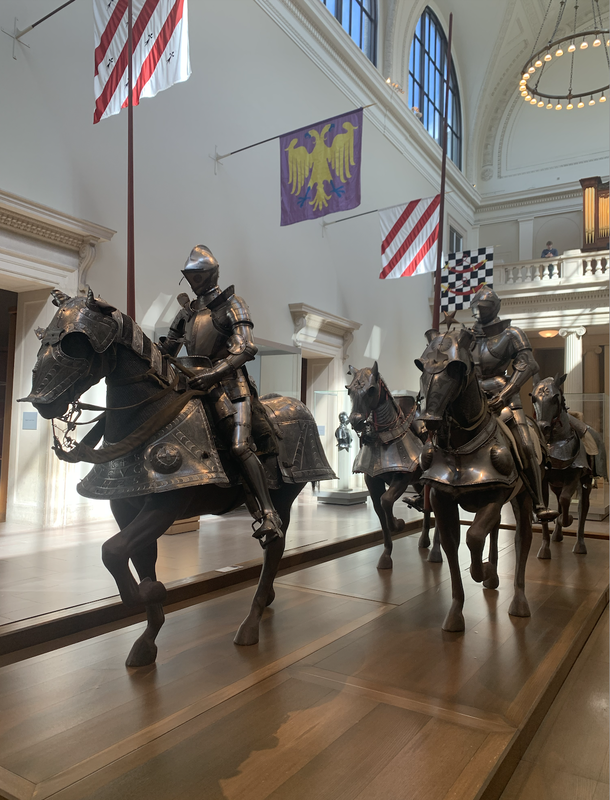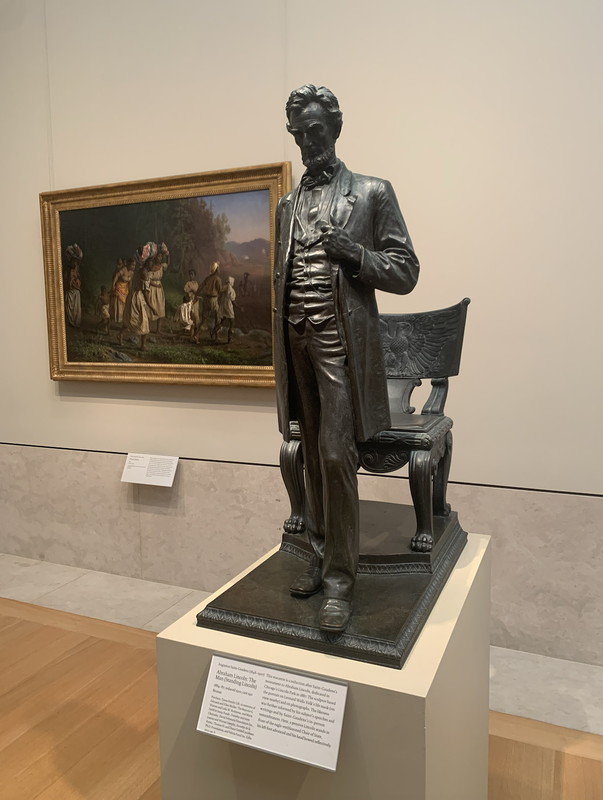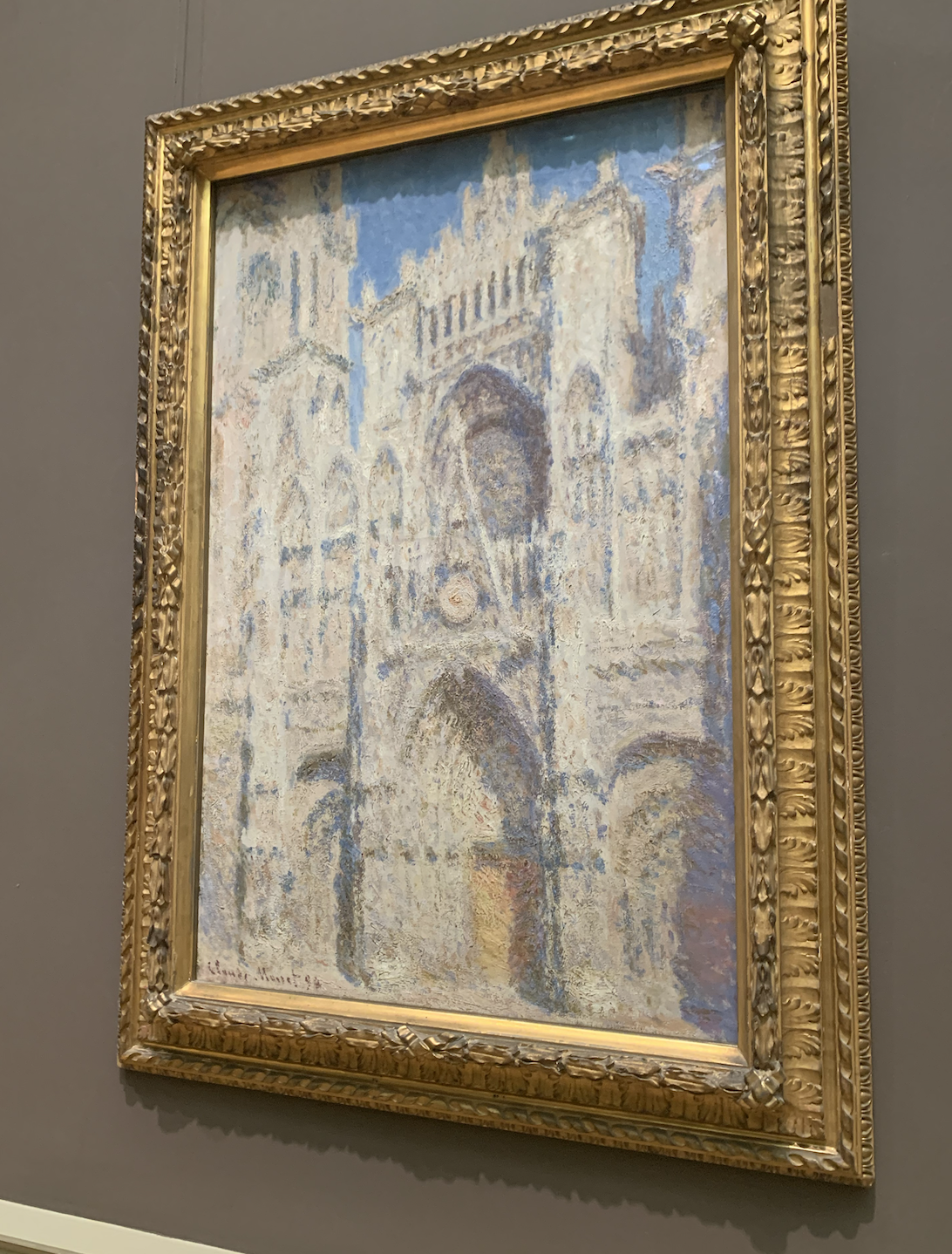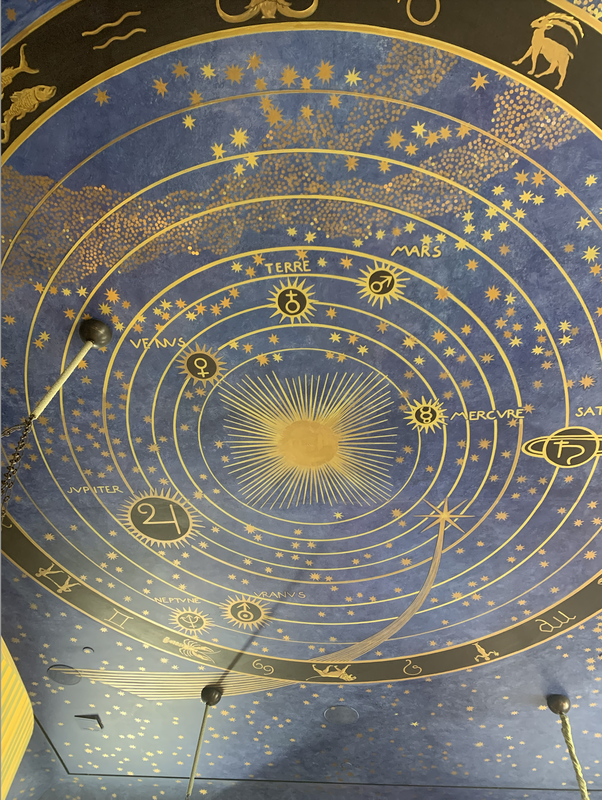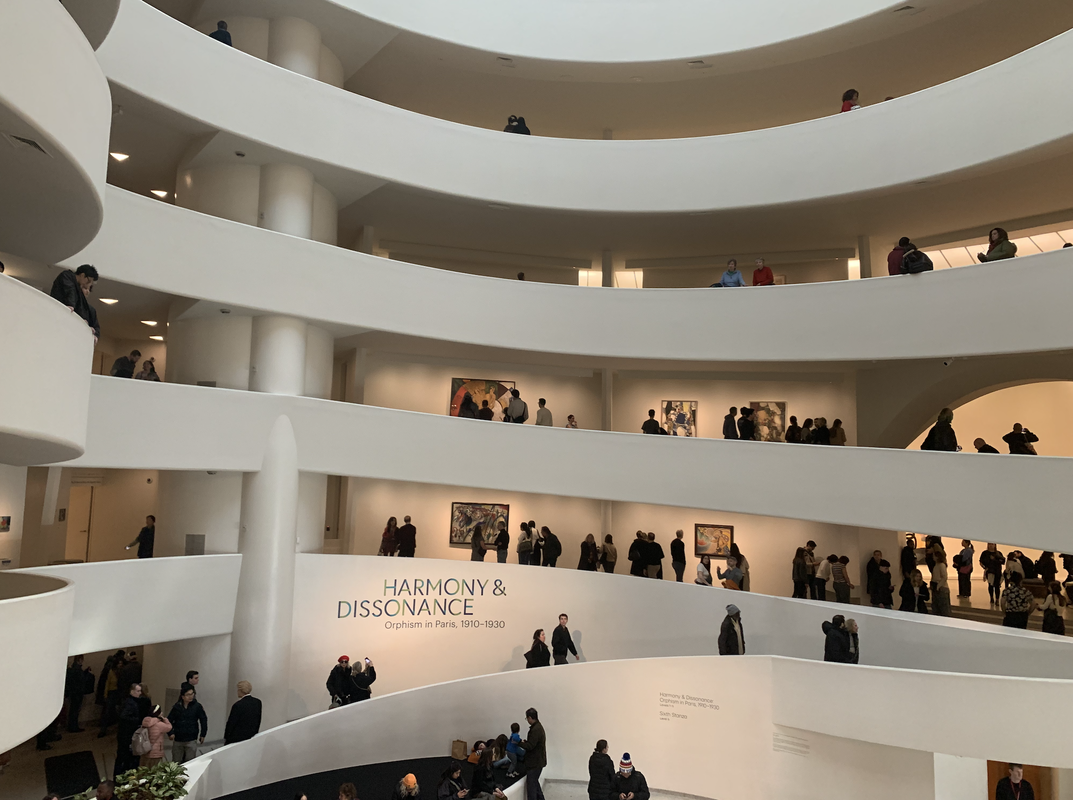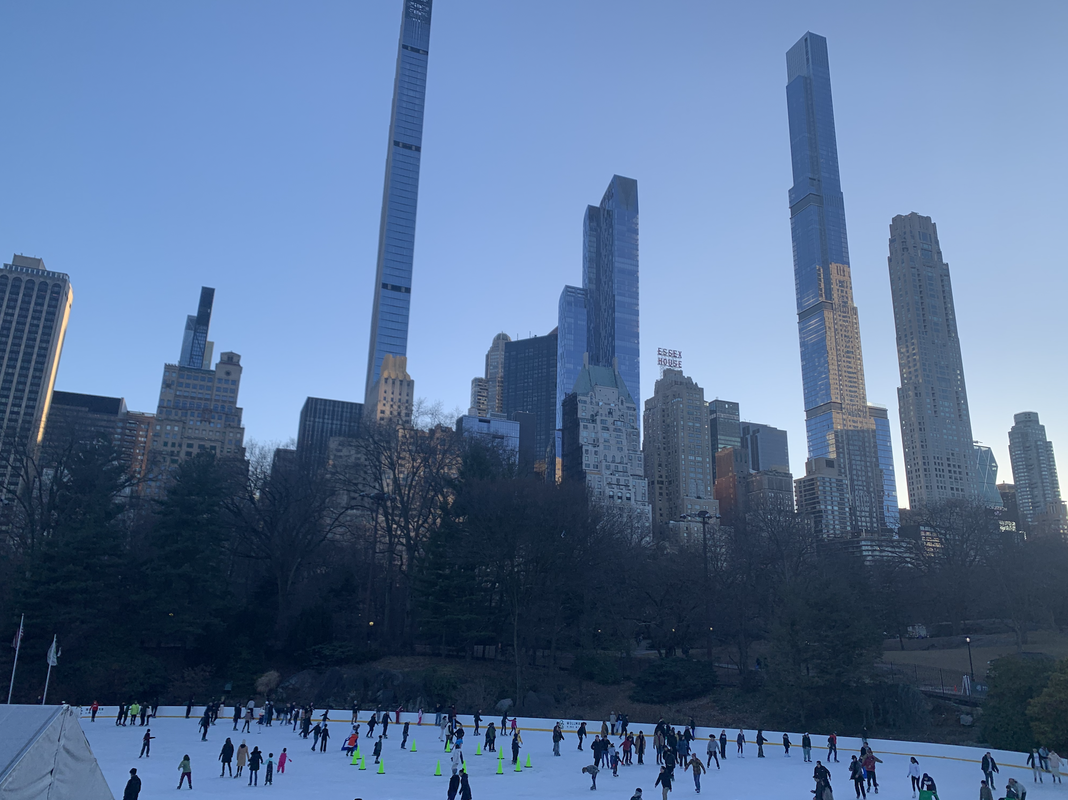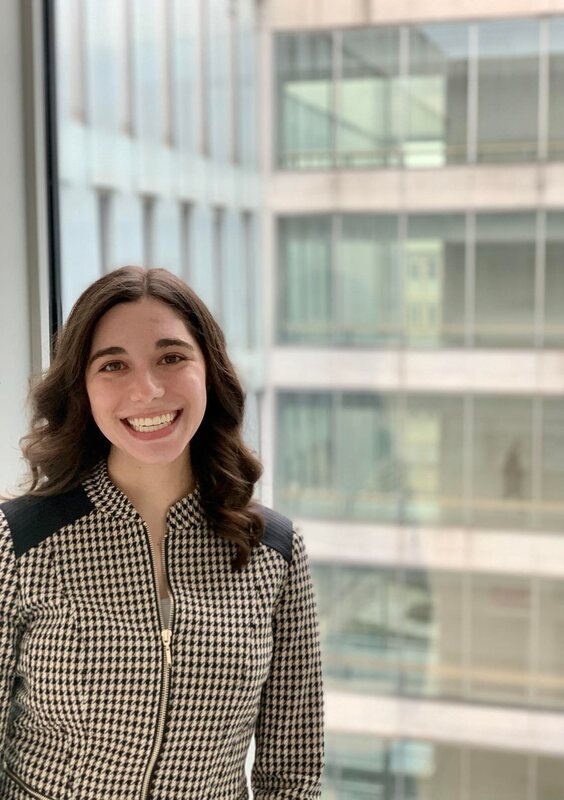|
Since I haven’t visited NYC that many times in my life, none of the visits blur together like revisiting my hometown tends to do. One of the strongest memories I have of visiting NYC was the time I visited as a teenager and played “Welcome to New York” by Taylor Swift alone in my hotel room and looked out at the skyline with wonder; what a novelty both the view and Swift’s new album, 1989, were at the time. My recent trip in March was very different. It was my first time visiting NYC after university so it felt like my first “Real Adult”™ NYC trip. And as a researcher, there was a research component to my travels! I spent the Friday of my visit in the New York Public Library’s beautiful Brooke Russell Astor Reading Room consulting the CARE, Inc. Collection. (Yes, this is more Cold War related research. Look out for a co-authored academic publication hopefully sometime in 2026.) Shout out to Zola for not only hosting me, but also taking some time off work to be my archival support system for the day! Research trips really are more fun with friends! Lastly, this trip was an actual mini-vacation. My other trips always overlapped with debate tournaments and UN conferences (I am very fortunate), so this was my first time truly exploring the city, staying with friends, experiencing the first few days of spring weather, and seeing New York from the locals’ perspective. This, of course, including visiting a few art galleries, the two standouts of which were “Caspar David Friedrich: The Soul of Nature” at the Met and “Harmony & Dissonance: Orphism in Paris, 1910-1930” at the Guggenheim. Caspar David Friedrich, a Scandinavian-German artist during Germany’s Romantic period, is probably most well-known for his painting Wanderer above the Sea of Fog (1818). At least, that’s the only painting of his I knew before seeing the Met’s impressive special exhibit on his life’s work. In my eyes, the painting represents how the human-nature relationship is one of being simultaneously overcome by the expansive power of the natural world and reflecting on one’s ability to match or challenge it. Or, it’s about venturing into the unknown with the assuredness which faith inspires. Interestingly, having not previously known the title of the work, I think of the rocks first and the fog second. If the rocks are the real focus, then perhaps Friedrich was trying to inspire the viewer to take the challenges no matter the risk, or to find beauty in the unknown. These same themes can be found hidden in Friedrich’s earlier works too. Notably, sketches like Monastery Ruins at Oybin (1810) and Cross by the Baltic Sea (1815). Friedrich’s focus on places of worship and faith leads to a connection between spirituality, humanity/perseverance, and nature throughout his works. Although his later paintings, like A Walk at Dusk (1830-1835) are darker but also more reflective and evocative than some of his earlier portraits of nature in Pomerania. Pomerania, of course, reminding Zola and me (since we took German politics together) of Angela Merkel’s constituency. His paintings of the Baltic Sea also reminded me of my newfound bucket list item to visit there after hearing so many of my Berlin friends share their vacation stories. Outside of enjoying the Friedrich collection, we perused the Renaissance art, American collections, so many Monets and Degas that I had no idea were based in NYC, knights and swords, and Stradivarius instruments. You can easily spend many days at the Met, as you also can at the Art Institute in Chicago or Le Louvre in Paris. I was surprised to learn (from Google) that the Met’s collections are so much more extensive than those in Chicago or Paris, but in many ways it is difficult to rival the Big Apple. The building alone is a work of art too! And filled with lots of natural light. After being amazed, overwhelmed, and then amazed once more by the Met’s collections, we took a break to eat a late lunch in Central Park and browse Albertine for French books before setting off for the Guggenheim. The first Frank Lloyd Wright I’ve seen outside of Oak Park, which gave me a similar wave of joy as seeing a Calder statue in Normandy. The Guggenheim’s exhibit was focused on orphism, a new art term for me. Orphism was a period of abstract art – somehow related to Orpheus, but the exhibit’s explanation for this confused me – which deconstructed modern structures with shapes and colors. Between the circular nature of the Guggenheim’s winding path and the shape-shifting like cubes in many of the orphic paintings, I honestly felt a bit dizzy. And I’m probably not the target audience for abstract art, but I appreciated many of the placards which described how the orphic painters in/of Paris tried to deconstruct the relationship between place, space, time, and human experience through the movement. And how their own work was changed by their individual experiences in the First World War and jarring interwar period. Many sought refuge in new places or decided/were forced to fight, and it reflects in their work. Having recently visited Paris for the first time myself, I did, however, feel equipped to appreciate Robert Delaunay’s painting of the Eiffel Tower (1910) and the inquietude it inspires. Perhaps I’ve just gotten used to the cacophony of Milan but I was surprised by how quiet some parts of New York could be. How memories can stand still as the noise acquiesces into the past and out of our thoughts. Part of this could have been a function of enjoying a few days of reprieve after a conference and the archive work and before returning to the normal day-to-day of TAing and researching in Europe. But in the larger scheme of things, despite all the hustle and bustle in NYC, the wide array of simply endless opportunities and activities to do make the world seem quieter. Like each of us as individuals will find a spot in the city where we’re meant to be and find a day of adventure carved for each of us. Along with surprising moments of silence and clarity amidst the literal noise, time also seemed to stand still. Perhaps it was because the city was standing in between the cold of winter and promising warmth of spring, and the clocks moved forward an hour; but the stillness outpaced the changes. In a world that feels like it’s accelerating right into more geopolitical problems, the unexpected respite into calmness in NYC was refreshing on account of its abruptness. Thanks to all the friends who made my first trip back to NYC in 7 years so fun, memorable, and relaxing! I also appreciate how you all get me and made food the main attraction of each day with nice outings and sightseeing scheduled around the delicious meals. My kind of trip! :)
0 Comments
Your comment will be posted after it is approved.
Leave a Reply. |
AuthorSienna Nordquist is a PhD Candidate in Social and Political Science at Bocconi University. She is an alumna of LSE's MSc in European and International Public Policy and was a Robert W. Woodruff Scholar at Emory University. Archives
April 2025
Categories |

